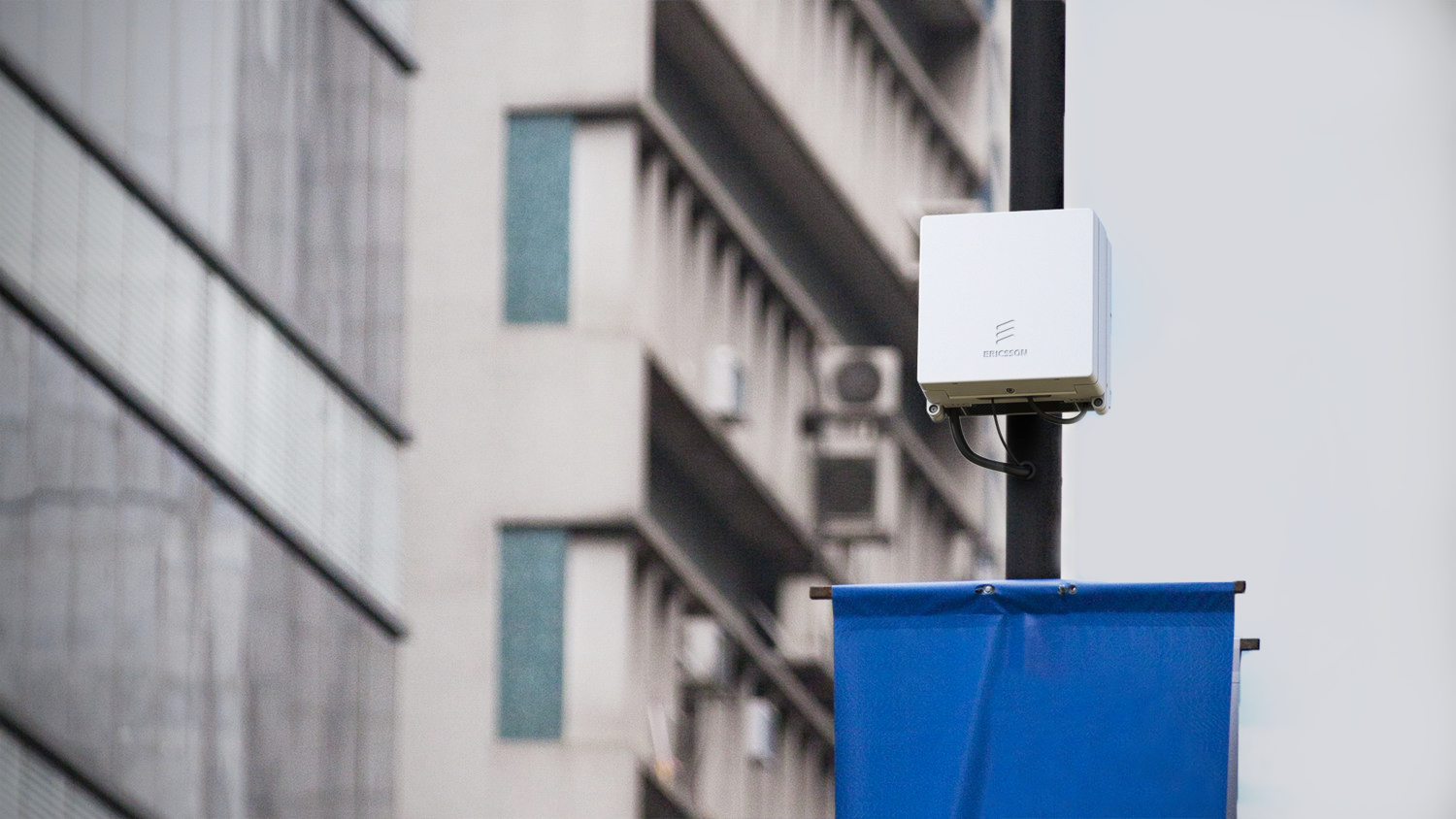US cities told to stop using fees and permits to delay 5G small cells
The US Court of Appeals has upheld that cities must adhere to three FCC orders, introduced to improve the process of densifying the country’s 5G networks.

To become the gold standard of 5G connectivity, mmWave requires a huge amount of investment in network infrastructure, and because millimeter wave signals don't travel very far, and can’t penetrate walls, small cells become vital for in-building coverage.
However, with US mobile network operators (MNOs) already billions of dollars out of pocket, having stumped up for mmWave spectrum, they have claimed that cities are not adhering to an FCC declaration that was issued in 2018, which was intended to aid the densification of 5G networks, and ensure that cities don't put unnecessary barriers in place.
The case was brought before the federal court, with Portland, Oregon cited as an example by major MNOs AT&T, T-Mobile, and Verizon.
And this week, a federal appeals court has upheld the 2018 decision by the Federal Communications Commission (FCC) to cap fees for wireless carriers, and ensure that they are “reasonable” and “no higher than the fees charged to similarly-situated competitors”.
The 2018 FCC decision
Ahead of the 2018 declaration, the FCC was already receiving complaints from MNOs over unrealistic fees for small cell installations.
AT&T said that localities in Maryland, California, and Massachusetts had imposed fees “so high that it has had to pause or decrease deployments”. And Verizon stated that localities in New York and Washington had “required special use permits involving multiple layers of approval to locate small cells in some or all zoning districts”.
In light of these accounts of over-charging and bureaucratic red tape, the 2018 FCC decision stated that:
Get up to speed with 5G, and discover the latest deals, news, and insight!
“[right-of-way] ROW access fees, and fees for the use of government property in the ROW, such as light poles, traffic lights, utility poles, and other similar property suitable for hosting Small Wireless Facilities, as well as application or review fees and similar fees imposed by a state or local government as part of their regulation of the deployment of Small Wireless Facilities inside and outside the ROW, violate Sections 253 or 332(c)(7) unless these conditions are met:
(1) the fees are a reasonable approximation of the state or local government’s costs;
(2) only objectively reasonable costs are factored into those fees, and;
(3) the fees are no higher than the fees charged to similarly-situated competitors in similar situations.”
Cited in the FCC’s original 2018 declaration was a report from Accenture, which estimated that, during the next three or four years, 300,000 small cells would need to be deployed – a total that it noted was “roughly double the number of macro cells built over the last 30 years”, and which the FCC now says is probably closer to 800,000.
"Per-facility fees that once may have been tolerable when providers built macro towers several miles apart now act as effective prohibitions."
FCC 2018 declaration.
“The many-fold increase in Small Wireless Facilities will magnify per-facility fees charged to providers,” the report said. “Per-facility fees that once may have been tolerable when providers built macro towers several miles apart now act as effective prohibitions when multiplied by each of the many Small Wireless Facilities to be deployed.”
Thankfully, for the likes of AT&T, T-Mobile, and Verizon, the 9th US Circuit Court of Appeals in San Francisco upheld the three orders the FCC adopted in 2018, which, despite objections from a number of US cities, should now make the process of rolling out small cells easier, cheaper, and quicker.
And speaking following the decision, FCC Chairman Ajit Pai called the ruling a “major victory” for the commission, and for American consumers.
- Discover the best 5G networks in the UK and US
- Get your hands on the hottest 5G phones
- Millimeter wave: the secret sauce behind 5G
- The complete guide to 5G security
- We reveal the latest 5G use cases
- Discover the truth behind 5G dangers
- 5G towers: everything you need to know
Dan is a British journalist with 20 years of experience in the design and tech sectors, producing content for the likes of Microsoft, Adobe, Dell and The Sunday Times. In 2012 he helped launch the world's number one design blog, Creative Bloq. Dan is now editor-in-chief at 5Gradar, where he oversees news, insight and reviews, providing an invaluable resource for anyone looking to stay up-to-date with the key issues facing 5G.

